Reusable Nappies & Nappy Rash: Your Questions Answered
Without a doubt nappy rash is common, but can be very distressing for both mother and baby.
Luckily my little one's only tended to get nappy rash:
- if they were teething when their poo became very loose and diarrhoea like
- if they did a sneaky poo / pee just when they were laid down for a nap and then slept in it for a few hours
I put that down to using reusable nappies which help avoid nappy rash, even on babies with the most sensitive skin.
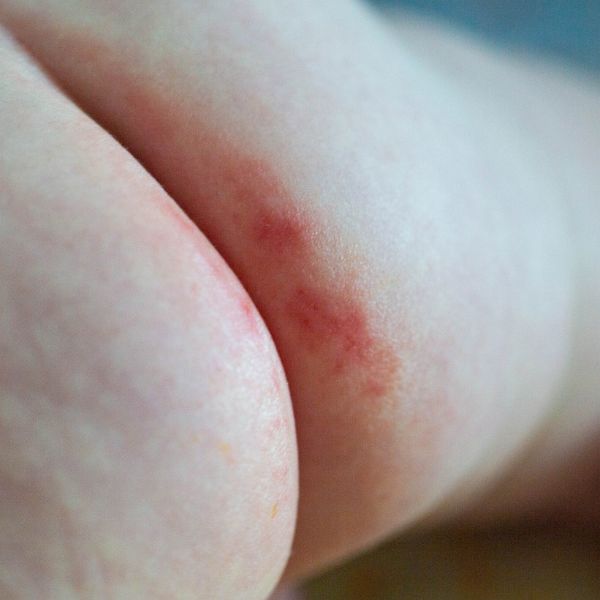
Do Reusable Nappies Cause Nappy Rash?
No, reusable nappies do not cause cause nappy rash. According to NHS England, the main causes of nappy rash are:
- your child's skin being in contact with urine or poo for a long time
- not changing the nappy often enough
- not cleaning the nappy area properly
- the nappy rubbing against your child's skin
- allergic reactions to baby wash, soap or bubble bath
- irritation from disposable baby wipes
- some types of medicines, such as antibiotics or laxatives (used to make a baby poo more often)
- teething (which can cause diarhhoea and hence nappy rash)
- thrush (a fungal infection)
"Our family loves cheeky wipes. We discovered them when our first child was born and we've just had our second and added more rainbow wipes to our collection. Not only are they a sustainable choice, but they're soft and help prevent diaper rash because there are no harsh chemicals or strong odors. Everyone has a happy tushy in our family." Christina Via Trustpilot
Are Reusable Nappies Better for Nappy Rash?
Reusable nappies are considered to be better for nappy rash than disposables because (according to the NCT) they don’t use any harsh chemicals, dyes or plastics.
Additionally, from having had 4 children use reusable nappies, they need changing slightly more frequently than disposable nappies. This means your baby's bum is in contact with pee for less time, reducing the potential for nappy rash.
How to Reduce Nappy Rash with Reusable Nappies
If your child is getting a nappy rash with reusables, this could be for several reasons. Here's how to reduce nappy rash with reusable nappies:
- check for poor nappy fit
- change nappy more frequently
- check for allergic reactions
- strip wash nappies to reduce detergent or ammonia build up
- ditch disposable wipes
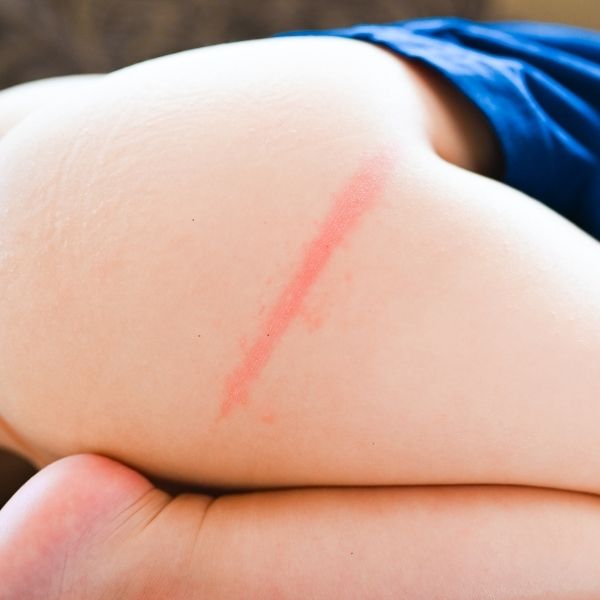
Poor Nappy Fit
Poor nappy fit on reusable nappies can cause a few problems, including leaks. But it can also cause nappy rash by either being too tight or too loose which rubs and chafes, causing irritation.
It's worth checking the nappy fitting guide from your reusable nappy brand. For us here at Cheeky with our two part fitted nappies, the main concerns are ensuring that the nappy and wrap fits into the leg knicker line. Not on the thigh.
In addition, ensuring that you can get two fingers into the front of the nappy will ensure a comfortable fit.
Change Nappies More Frequently
Reusable nappies tend to be less absorbent than disposables, purely because the gel in disposable nappies will swell to hold a LOT of liquid. Our Cheeky reusable nappies are grey coloured on the inside which has two benefits.
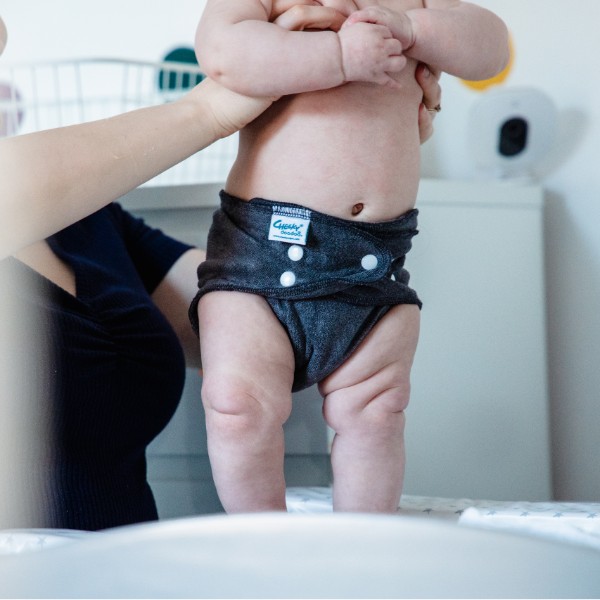
Firstly, wetness shows up better against the grey inner, meaning it's easier to detect when your baby has pee'd and needs a change.
Secondly, nappies are going to be the most soiled things you will wash. Why on earth would you make them white?
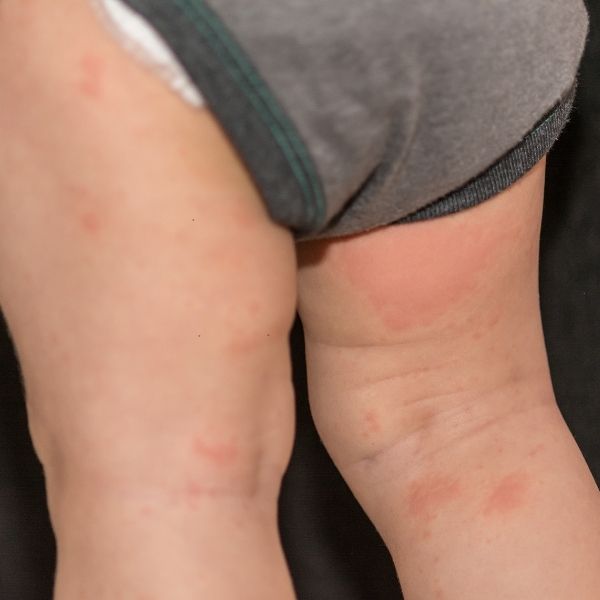
Allergic Reaction
It's possible for your baby's skin to be allergic to their baby bath, top to toe wash or baby lotion. If you suspect this is the case, discontinue using the product and see if their nappy rash clears up.
Ammonia Build up / Detergent Residue
A build up of detergent or ammonia on your reusable nappies can also cause nappy rash or irritation. Generally if this is the case, they will also start to smell too. This can also be indicated by smelling of ammonia when wet and a 'hamster cage' smell when dry.
This can be remedied by a strip wash of your nappies. Please ignore any online groups or posts advising that bleach, or dishwasher tables should be used. This could ruin your nappies totally. The best way to strip wash is:
- rinse cycle in your washing machine on cool no detergent
- full cotton wash cycle at 60c if possible, with full measure of powder detergent (usually 3 hour cycle)
- wash again, on cool, long wash, no detergent
In addition, tweaking your washing routine can prevent nappy rash going forwards. Generally you should wash your nappies every other day at least. Leaving them longer than two days is a sure fire way to have problems.
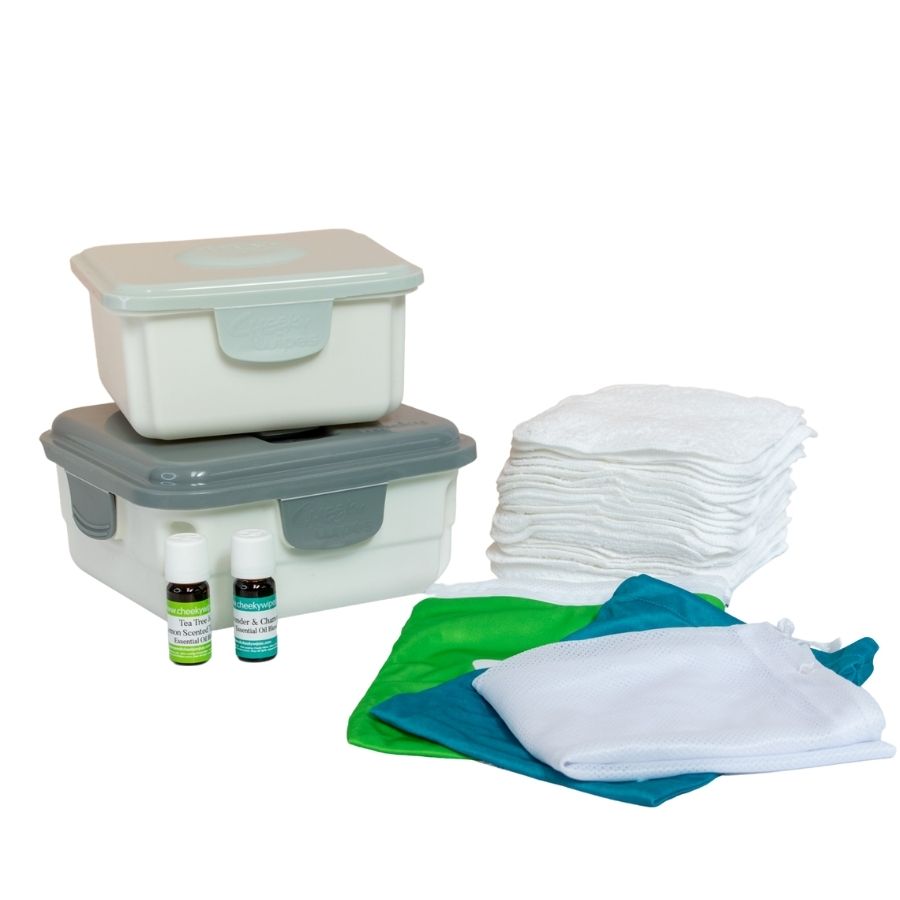
Ditch Disposable Wipes
In our experience, one of the most common reasons for nappy rash was irritation caused by using disposable wipes. Many parents have reported to use that switching to reusable wipes helped clear up or prevent nappy rash on their child.
To be clear, reusable wipes aren't a miracle cure for nappy rash. They just don't have the ingredients which can cause irritation that some disposable wipes contain.
"Ordered and arrived quickly. My baby absolutely LOVES cheeky wipes. They make it so much easier to clean him and are so soft. He never gets nappy rash with these either. Extra Bonus: they are good for the environment. They are also easy to clean and come out looking great!" Emma via Trustpilot
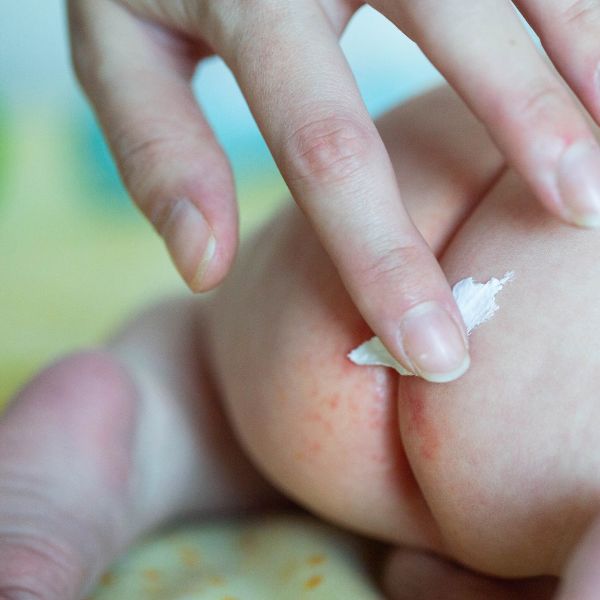
How should I treat nappy rash on my baby?
To treat nappy rash on your baby:
- use a barrier cream
- give nappy free time
- change nappies more frequently than usual
- if it doesn't clear up, see your GP
Use a barrier cream
Using a barrier cream on your baby's bottom will help to protect and soothe. Make sure it is a cloth nappy safe one such as coconut oil which acts as a barrier for nappy rash.
Give nappy free time
Our extra large travel changing mats are perfect for nappy off time. They're 90cm x 72cm, soft, warm and very waterproof! We have poured 500ml of liquid onto them and they didn't leak!
Sometimes nappy rash doesn't clear up,even with following the above recommendations. At that point you should see your GP. It's possible for thrush to cause nappy rash and also for nappy rash to become infected, both of which will require further treatment.
"We have been using cheeky wipes reusable wipes for faces and bums for over 2 years now and have only had to buy more as we have had a 2nd baby. They are great quality and so easy to use. If we have ever used baby wipes (even water based) both our boys would get nappy rash. This has prevented it from happening! We just use plain water. The dirty box is very handy! We have a couple in the house so we can use them for faces after food." Mia,via Trustpilot
We hope you enjoyed this article. If so, you may also be interested in reading:
How to stop reusable nappies leaking
Fact vs Fiction, top 10 reusable nappy myths busted
What are the different types of Reusable Nappy?
Are Reusable Nappies Hygienic?
when to start using reusable nappies
About the author: Helen Rankin is a Mum of 4, who founded Cheeky Wipes, the original reusable wipes kit back in 2008 after disposable wipes caused her eczema to flare up. She went on to develop their range of 'Simple Reusables' to include period pants, reusable sanitary pads and finally reusable nappies which are available as two part nappies or new pocket nappies. The Cheeky customer services team love helping educate customers to make the switch to reusables. They just LOVE to chat pee, poo and periods all day long! The Company was recognised for their hard work in developing environmentally friendly products with the Queens Award in Enterprise for Sustainable Development in 2021.
Hi, I'm using reusable wipes, and my baby has a nappy rash, which the gp thinks is fungal. I usually wash the wipes at 40 degrees, but thinking I should change this because of the Candida. What would you recommend. Many thanks x
Definitely wash at 60c which is no problem if you're using cream or white coloured wipes, but dark coloured wipes may run at 60c. Instead try anti-bacterial laundry liquid like dettol anti bac?